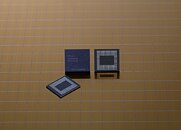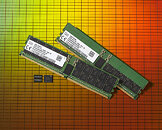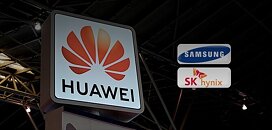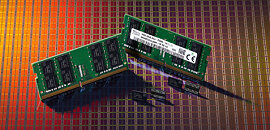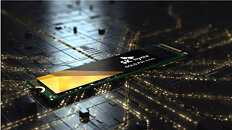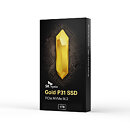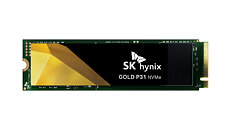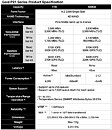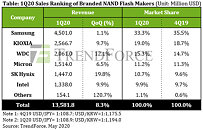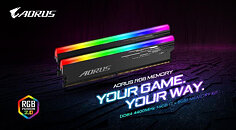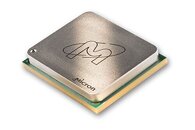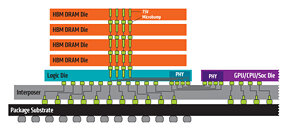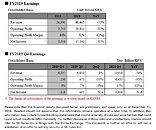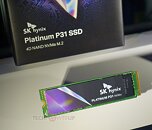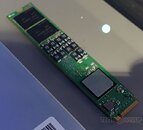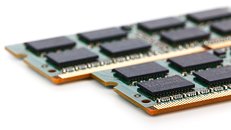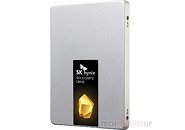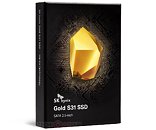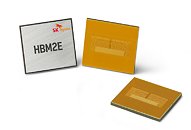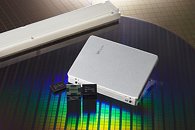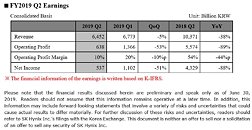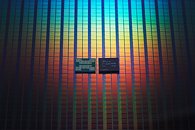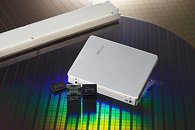
SK Hynix Begins Mass-Production of 18-Gigabyte LPDDR5 Mobile DRAM Chips
SK hynix Inc announced that it has started mass-production of 18 GB (gigabyte) LPDDR5 mobile DRAM, which offers the largest capacity in the industry. This product will be equipped in premium smartphones to support an optimal environment for games with high resolution image and also high quality videos. SK hynix also expects that application will continue expanding to include the latest technologies, including ultra-high-performance camera applications and artificial intelligence (AI).
"This product will improve the processing speed and image quality by expanding the data temporary storage space, as the capacity increases compared to the previous 16 GB product," an official from the company said. The new product runs at up to 6,400 Mbps (megabits-per-second), around 20% faster than the mobile DRAM (LPDDR5 with 5,500 Mbps) for existing smartphones, a data rate that is capable of transferring ten 5 GB FHD (Full-HD) movies per second.
"This product will improve the processing speed and image quality by expanding the data temporary storage space, as the capacity increases compared to the previous 16 GB product," an official from the company said. The new product runs at up to 6,400 Mbps (megabits-per-second), around 20% faster than the mobile DRAM (LPDDR5 with 5,500 Mbps) for existing smartphones, a data rate that is capable of transferring ten 5 GB FHD (Full-HD) movies per second.
